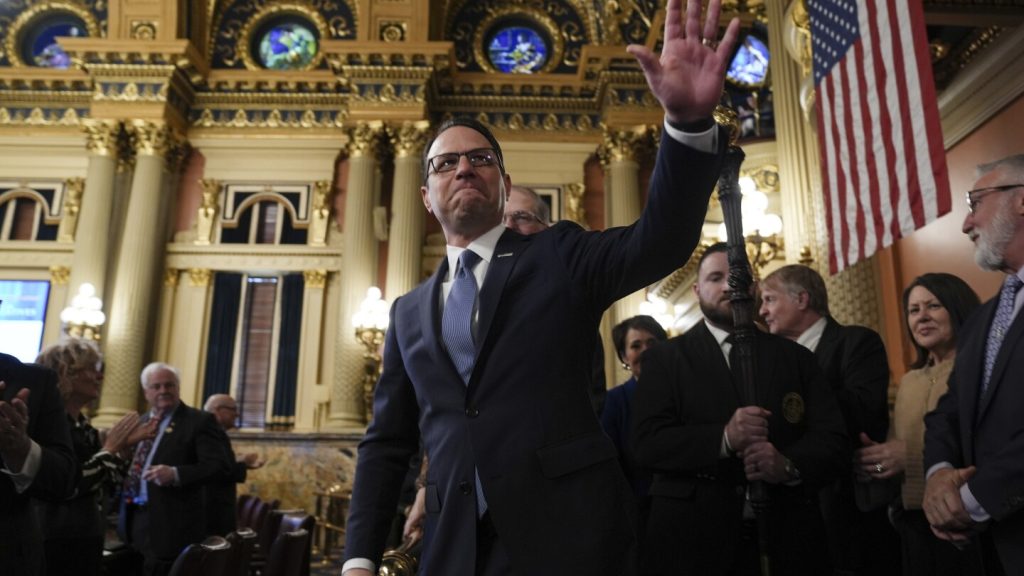Pennsylvania Weighs Prison Closures Amid Shifting Trends in Incarceration
Pennsylvania is considering the closure of two correctional facilities, Rockview State Prison and the Quehanna Boot Camp, as part of a broader strategy to address the state’s changing prison population and fiscal challenges. Governor Josh Shapiro’s administration announced the proposal, citing long-term declines in the number of inmates and the potential to save over $100 million in future budgets. The move aligns with national trends that see prison populations shrinking due to criminal justice reforms and falling crime rates. However, the decision has sparked debate among corrections officers, lawmakers, and local communities, highlighting the complex balance between cost savings and public safety.
The Proposed Closures and Their Impact on Staff and Inmates
Rockview State Prison, located in Centre County, has been in operation since 1915 and is the second-oldest state prison in Pennsylvania. It currently houses approximately 2,100 inmates, though its capacity exceeds 2,500. The facility employs around 650 staff members. The Quehanna Boot Camp, situated in Clearfield County, is a unique program designed for lower-risk offenders, operating without traditional prison security measures such as fences. It houses about 350 inmates and employs 230 staff. Both facilities are slated for closure, with staff guaranteed job offers at nearby correctional institutions at their current pay and classification. Despite this assurance, the Pennsylvania State Corrections Officers Association (PSCOA) has vowed to fight the closures, arguing that consolidating inmates into fewer prisons could increase overcrowding and violence.
A Divisive Debate: Safety Concerns and Fiscal Responsibility
The union representing prison staff has expressed strong opposition to the plan, warning that closing the two prisons could endanger both officers and inmates. The PSCOA points to recent data showing that half of Pennsylvania’s prisons were operating at over 90% capacity last year, with four facilities exceeding 100% capacity. The union argues that the current distribution of inmates across the state’s 24 prisons has helped reduce violence, and consolidating populations could reverse this progress. On the other hand, Governor Shapiro’s administration frames the closures as a necessary step to address rising Medicaid costs and allocate resources more efficiently. The state’s prison population has declined steadily over the past decade, from nearly 49,000 inmates in 2013 to just over 38,000 as of December 2023.
Historical Context: Pennsylvania’s Prison System and Recent Closures
Pennsylvania’s corrections system has undergone significant changes in recent years, with three prisons closed over the past decade and one new facility, SCI Phoenix, opened in suburban Philadelphia. These closures reflect a national shift toward reducing incarceration rates and prioritizing rehabilitation over punishment. However, the impact of these changes is not universally agreed upon. While proponents argue that closing outdated facilities saves taxpayer money and improves living conditions for inmates, critics caution that the process can disrupt local economies and create new challenges for corrections staff. Rockview and Quehanna, with their long histories and specialized programs, hold particular significance for the communities they serve.
Public Input and the Path Forward
Before finalizing the closures, the Shapiro administration has committed to accepting public comments for three months, allowing residents, corrections officers, and other stakeholders to share their perspectives. This period of public engagement will be critical in shaping the final decision, as the state seeks to balance fiscal responsibility with concerns about safety and fairness. The administration has emphasized that the closures are part of a broader strategy to modernize the corrections system and focus on rehabilitation and community reintegration. However, the PSCOA and other opponents have made it clear that they will not go quietly, setting the stage for a contentious debate in the months ahead.
Conclusion: Navigating the Future of Corrections in Pennsylvania
The proposed closures of Rockview State Prison and the Quehanna Boot Camp represent a pivotal moment in Pennsylvania’s approach to criminal justice. While the administration’s focus on cost savings and efficiency is understandable, the potential risks to safety and the concerns of corrections officers cannot be overlooked. As the state moves forward, it will be essential to prioritize transparency, engage with affected communities, and ensure that any changes to the prison system are guided by evidence and a commitment to fairness. The outcome of this debate will have far-reaching implications for Pennsylvania’s corrections system and the thousands of people—both incarcerated individuals and staff—who are impacted by these decisions.












